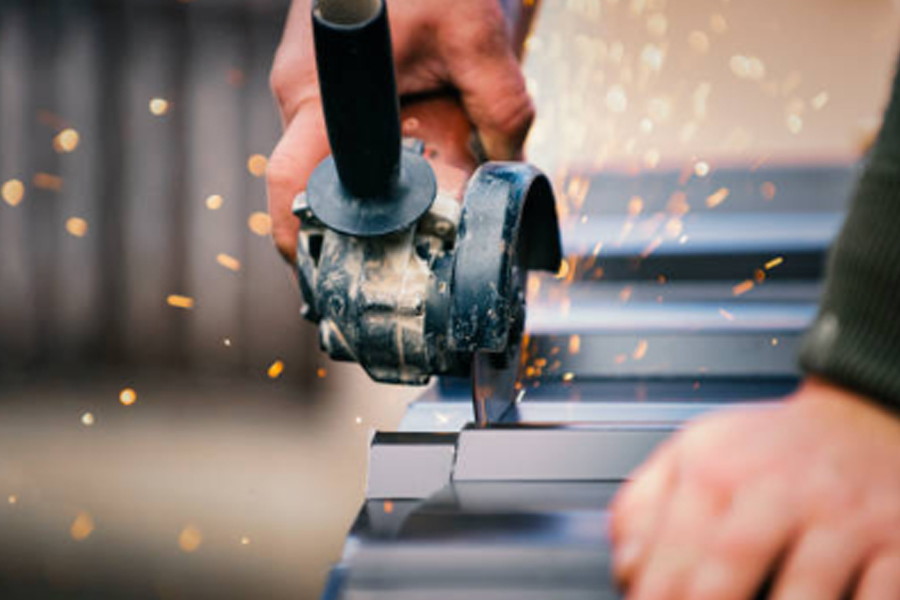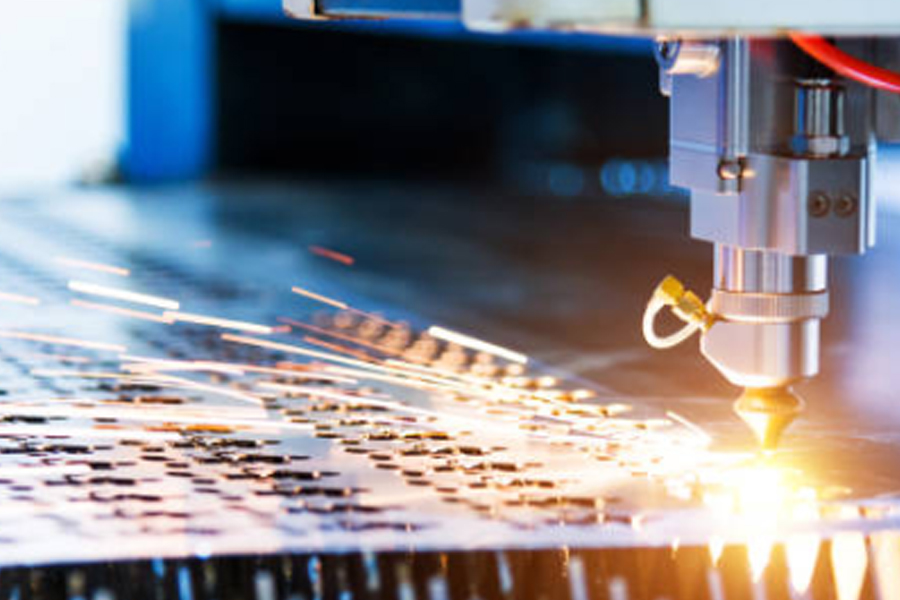
Sheet metal processing: Is the traditional process really inferior to digital cutting?
Release time:2024-12-31 Click:114In the field of sheet metal processing, sheet metal cutting is a key link. With the rapid development of digital technology, people can't help but ask: Is the traditional sheet metal process really inferior to digital cutting?
Traditional sheet metal cutting technology has a long history. Like manual cutting and mechanical punch cutting, they have played a huge role in sheet metal processing in the past. Manual cutting mainly relies on the experience and craftsmanship of workers, and the sheet metal is cut by using tools such as saws and scissors. This method is highly flexible and is an economical choice for some small batches, simple shapes, and sheet metal parts with low precision requirements. For example, in some small hardware workshops, manual cutting can quickly complete the initial material preparation when making simple metal boxes or brackets. Mechanical punch cutting uses molds to stamp and cut sheet metal. It can achieve high production efficiency and is suitable for large-scale production of regular-shaped sheet metal parts, such as some metal sheet parts in automobile manufacturing.

However, the emergence of digital cutting technology has brought new vitality to sheet metal processing. Digital cutting technology represented by laser cutting and CNC plasma cutting has performed well in many occasions with its high precision and high degree of automation. Laser cutting uses a high-energy-density laser beam to irradiate sheet metal materials, causing the materials to melt or vaporize instantly, thereby achieving cutting. The precision of this cutting method can reach the millimeter or even micron level, and it can easily cut complex shapes and fine patterns. For example, when making sheet metal shells for precision instruments, laser cutting can ensure the dimensional accuracy and appearance quality of the shell. CNC plasma cutting uses high-temperature plasma arcs to melt metal. It has advantages when cutting thick plates and various metal materials, and it has a fast cutting speed.
In terms of accuracy, digital cutting undoubtedly has the upper hand. When cutting complex shapes, it is difficult to ensure the consistency of accuracy in traditional processes, while digital cutting can accurately control the cutting path and parameters through pre-programming, so that each cut sheet metal part can meet extremely high precision requirements. In terms of efficiency, for sheet metal parts with complex shapes, traditional processes may require frequent mold changes or manual adjustments, which will take a lot of time, while digital cutting can be quickly put into production by simply modifying the program.

However, traditional sheet metal processes are not without advantages. Its equipment cost is relatively low, and for some small enterprises or products with low precision requirements, traditional processes have a higher cost-effectiveness ratio. Moreover, in some simple sheet metal processing, traditional technology can also achieve a certain production speed after skilled operation by workers.
In the actual application of sheet metal processing, we cannot simply judge that traditional technology is inferior to digital cutting. Sheet metal processing companies need to consider factors such as the specific requirements of the product, production scale and cost. For high-precision, complex-shaped sheet metal products, digital cutting is a better choice; for some simple products with low precision requirements and small batches, traditional sheet metal technology can still play its value. Both traditional sheet metal cutting and digital cutting are important components of sheet metal processing technology. They show their magical powers in different scenarios and jointly promote the development of the sheet metal processing industry.